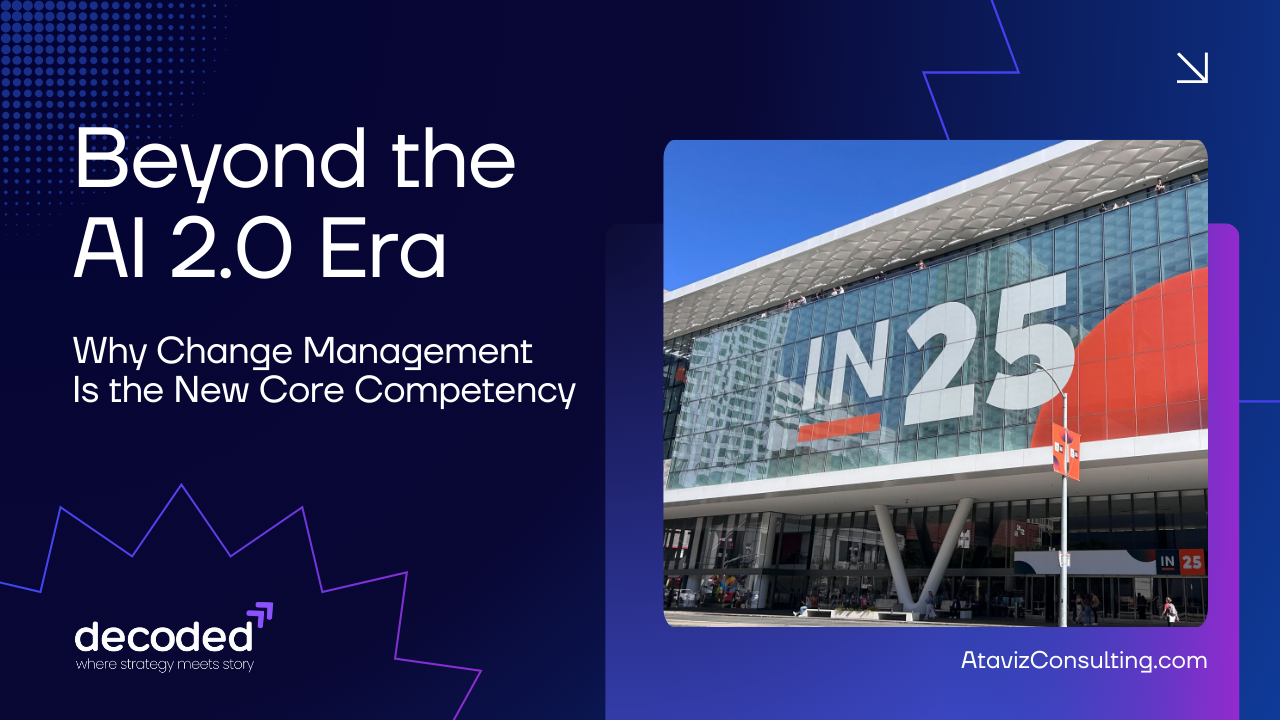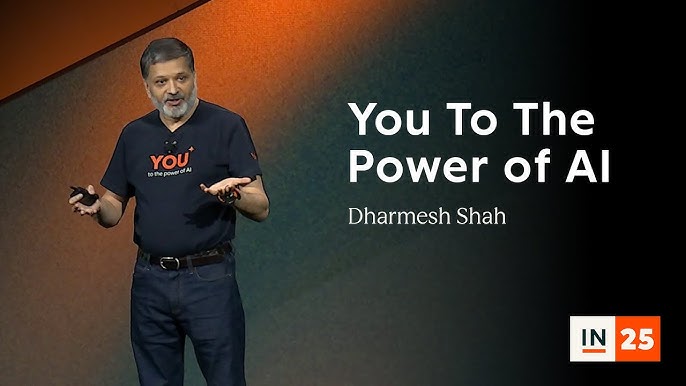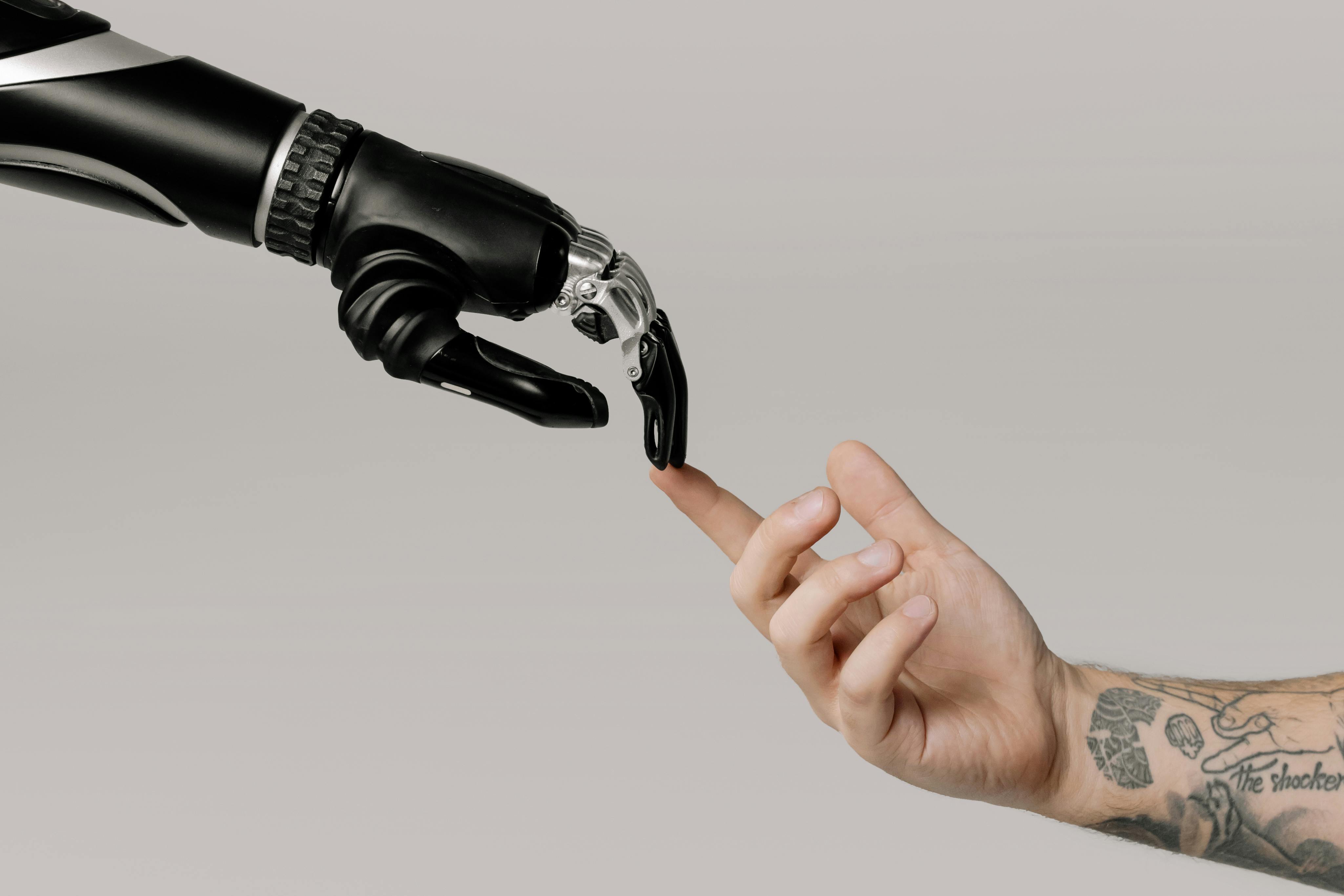
Beyond the AI 2.0 Era:
Why Change Management Is the New Core Competency

September 10, 2025
By Nicholas Johnson, Founder of Ataviz Consulting
I just came back from HubSpot INBOUND 2025, and like most major conferences this year, AI was everywhere. But this wasn’t the same conversation we were having in 2023 or even 2024. It wasn’t about writing blog posts with ChatGPT or generating quick marketing copy.
The conversation has shifted from AI as a tool → to AI as an agent.
And the bigger shift? From efficiency hacks → to redefining how systems themselves operate.
From Efficiency to Optimization

For decades, our relationship with technology has followed a familiar pattern:
- Step 1: Use new tools to speed up what we already do.
- Step 2: Restructure our workflows around those tools.
- Step 3: Eventually, rebuild entire systems based on the new possibilities.
We saw this in marketing:
- SEO was once about stuffing keywords into content.
- Then came smarter algorithms, forcing marketers to optimize for intent rather than just keywords.
- Now, we’re moving into AEO (Answer Engine Optimization) and even GEO (Generative Engine Optimization), where the question isn’t “How do I rank in Google?” but “How do I become the source that AI engines choose to answer from?”
That shift isn’t just tactical, it’s systemic. And AI is driving similar transformations across every business function.
Agentic AI Is Just the Beginning

At INBOUND, Dharmesh Shah’s keynote, You to the Power of AI, made it clear: the companies that win in this new era won’t just adopt AI; they’ll adapt their entire operating models around it.
But here’s the part I can’t stop thinking about:
Agentic AI isn’t the destination. It’s the bridge.
If AI 1.0 was about automation, and AI 2.0 is about agents, then what comes next will be about ecosystems of self-optimizing systems.
Instead of isolated AI tools or even connected AI agents, we’ll see entire business processes become living, adaptive systems—responding, learning, and rebalancing in real time.
Think less “task automation” and more “organizational metabolism.”
The Real Shift: Change Management as a Constant

This is where it gets interesting... and challenging.
Technology no longer evolves in multi-year cycles where companies can catch their breath and “do a transformation project.” Instead, change has become continuous and compounding.
Here’s what that means for leaders:
- Efficiency isn’t the endgame anymore. Optimization at scale is.
- Reskilling isn’t an initiative. It’s a permanent operating expense.
- Change management isn’t a project. It’s the new core competency.
At INBOUND, I was struck by how many sessions indirectly reinforced this.
- Kyle Jepson showed how even the role of a HubSpot Admin is transforming, requiring not just platform knowledge but systems thinking.
- Eric M. Bailey emphasized that real collaboration depends on understanding how people think and behave—not just plugging in new tools.
Taken together, the message is clear: we’re moving into an era where adaptability itself is the competitive advantage.
Looking Ahead: Beyond Optimization

So what comes after AI 2.0 and optimization? I believe it’s this:
- Integrated Intelligence Systems - where business processes operate like ecosystems, self-adjusting to market shifts, customer needs, and organizational priorities.
- Human-Machine Symbiosis - where people and technology continuously re-train each other, creating organizations that learn at the pace of their environment.
- Decision Fluidity - where strategy isn’t set annually but emerges dynamically as conditions change.
If that sounds messy, it’s because it is. But that’s also where opportunity lies.
Final Takeaway
The real lesson from INBOUND 2025 isn’t that AI is powerful, it’s that our entire way of working is being redefined.
The winners won’t be the ones who adopt AI the fastest. They’ll be the ones who build organizations capable of absorbing, adapting, and thriving through continuous change.
In other words: change management isn’t the skill you need next year. It’s the skill you’ll need every year.
The question is: are you building systems that can handle what’s next... beyond AI 2.0?
-- Your Hidden CTO

Stay in the loop
Get updates straight to your inbox.